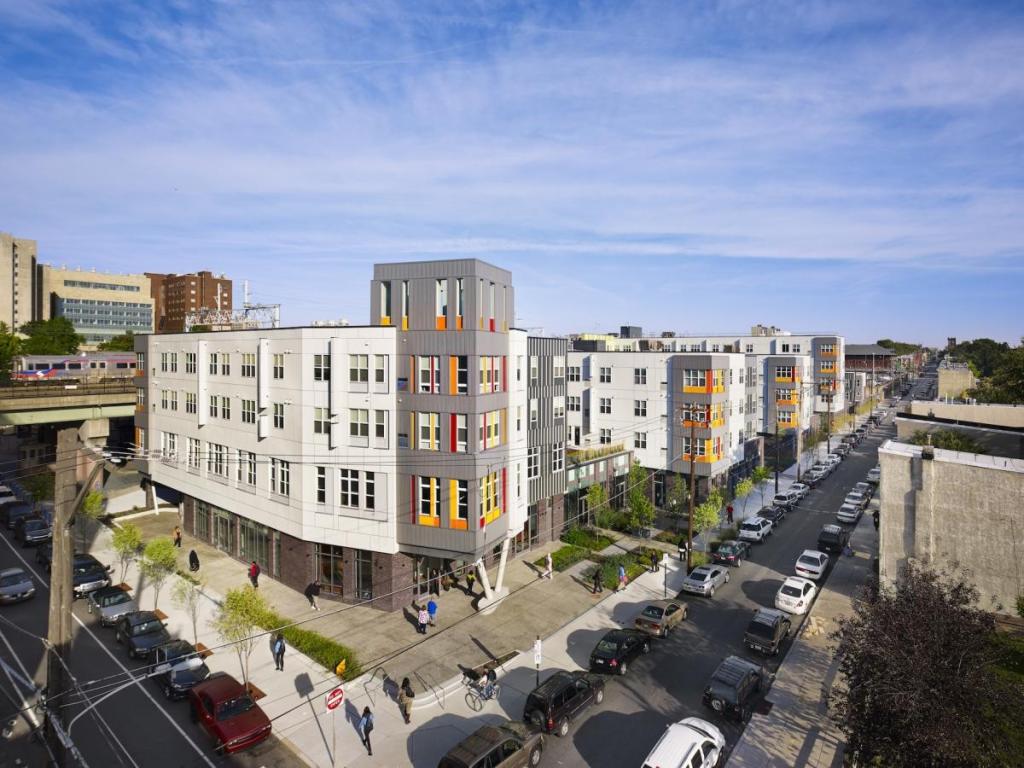Transit-Oriented Development Zones: Enhancing Urban Living
As cities continue to grow and populations increase, the need for sustainable and efficient transportation systems becomes even more crucial. In response to this challenge, transit-oriented development (TOD) zones have emerged as a popular urban planning strategy. These zones focus on creating vibrant, livable communities that are centered around public transportation hubs.
TOD zones aim to reduce reliance on private vehicles by promoting walkability, cycling infrastructure, and easy access to public transportation options like trains, buses, or light rail lines. By encouraging mixed-use developments that blend residential, commercial, and recreational spaces within close proximity of transit stations, TOD not only reduces traffic congestion but also enhances the overall quality of life for residents.
One of the key benefits of TOD is its positive impact on the environment. By decreasing car usage and promoting alternative modes of transport like walking or biking, these development zones contribute significantly to reducing greenhouse gas emissions and air pollution levels. Additionally, TOD fosters a sense of community by providing convenient access to amenities such as grocery stores, parks, schools, healthcare facilities – all within walking distance from residences.
Moreover, TOD has economic advantages as well. With increased connectivity and accessibility via public transportation networks in these areas, property values tend to rise over time. This creates opportunities for local businesses to flourish due to higher consumer footfall generated by both residents and commuters passing through the area.
However successful TOD may be at improving urban living conditions in some aspects; it also faces challenges. Critics argue that high property prices resulting from increased demand in these desirable areas can lead to gentrification and displacement of lower-income residents.
Nonetheless,TOD continues gaining popularity worldwide due to its potential for creating sustainable communities with reduced carbon footprints while enhancing accessibility and livability factors too.
In conclusion,TOD offers a promising solution towards building greener cities with improved mobility options where people can live comfortably without relying heavily on private vehicles. By prioritizing public transportation and fostering mixed-use urban environments, these development zones pave the way for a more sustainable future.

Leave a comment